Table of Contents
ToggleApaar ID for Students: Benefits, Registration, and FAQs
In an effort to digitize and streamline the academic journey of students across India, the Ministry of Education has launched the Apaar ID for Students initiative. Also known as the Automated Permanent Academic Account Registry, the Apaar ID acts as a unique lifelong digital identity for every student enrolled in formal education. In this blog, we will explore the benefits of Apaar ID for students, the complete registration process, and answer common FAQs related to the scheme.
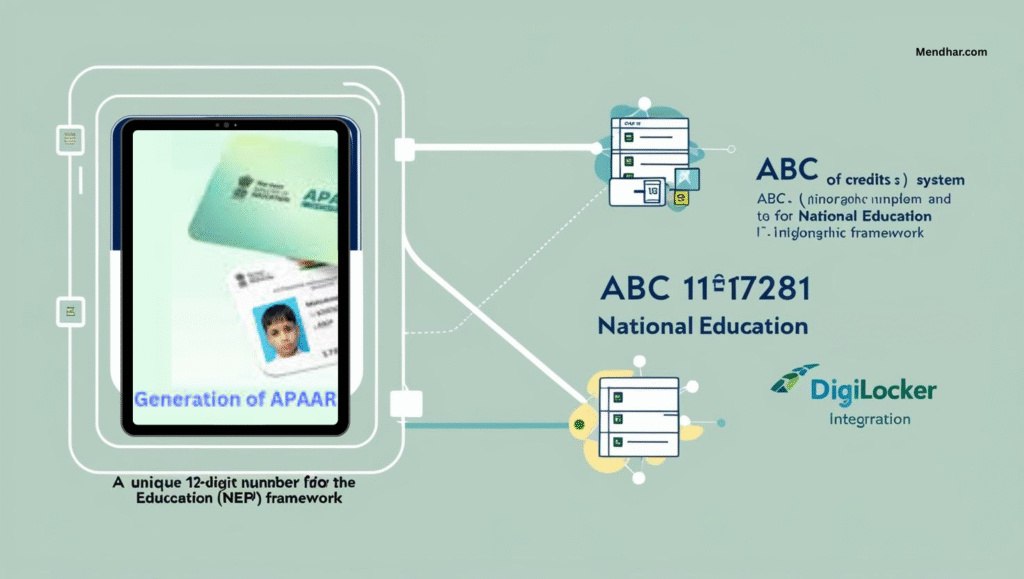
APAAR ID for Students: Benefits, Registration, and FAQs
In an effort to digitize and streamline the academic journey of students across India, the Ministry of Education has launched the APAAR ID for Students initiative. Also known as the Automated Permanent Academic Account Registry, the APAAR ID acts as a unique lifelong digital identity for every student enrolled in formal education. In this blog, we will explore the benefits of APAAR ID for students, the complete registration process, and answer common FAQs related to the scheme.
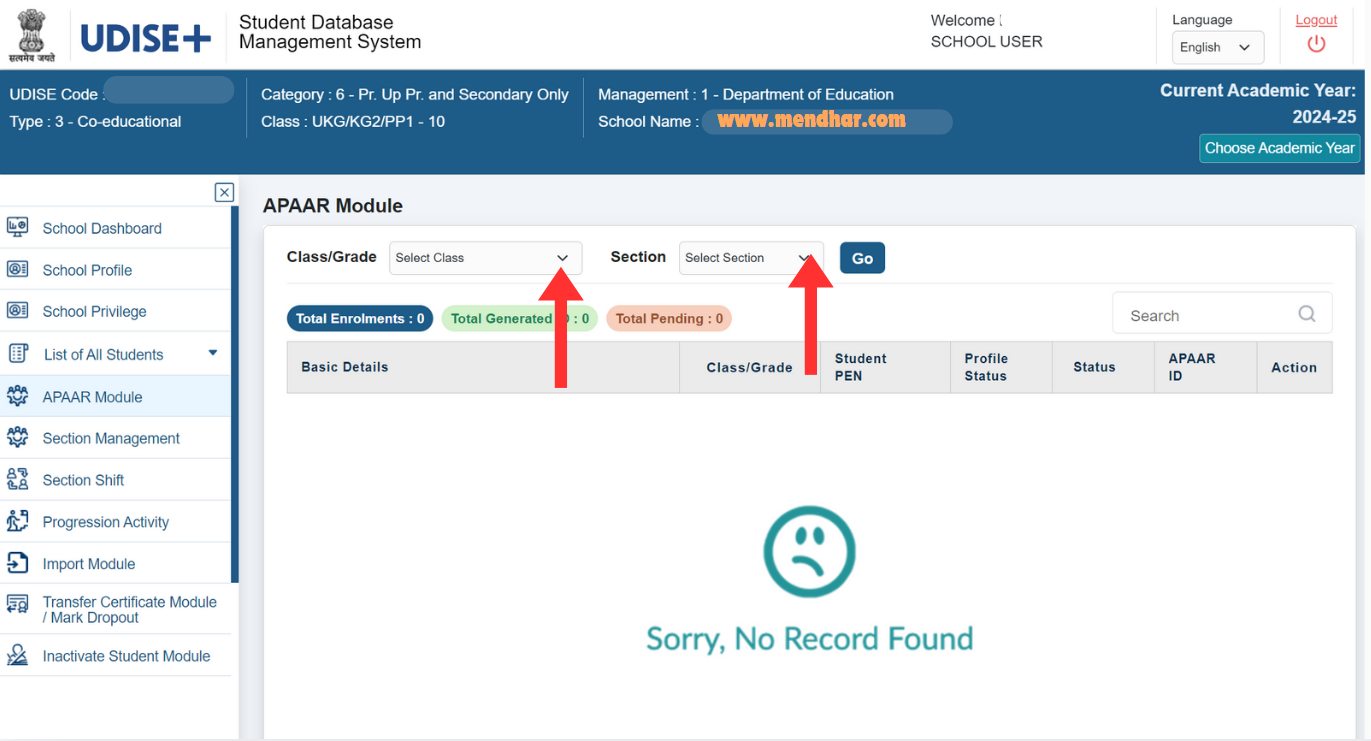
What is APAAR ID for Students?
The APAAR ID for Students is a unique 12-digit identification number provided to students under the National Education Policy (NEP) framework. Managed via the ABC (Academic Bank of Credits) system and integrated with DigiLocker, the APAAR ID is designed to keep a digital record of a student's academic achievements from school to higher education.
This ID serves as a centralized repository where all credits, certificates, report cards, and degrees are securely stored, retrievable anytime and anywhere by the student.

Key Benefits of APAAR ID for Students
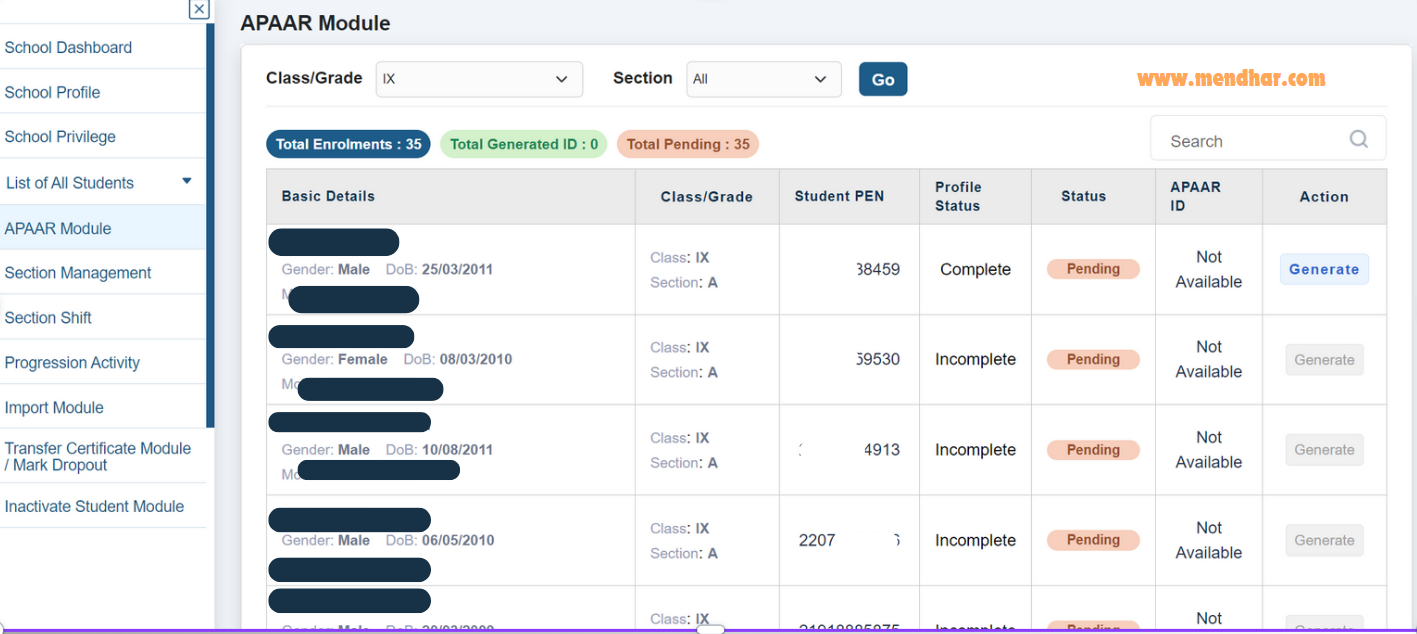
How to Register for APAAR ID for Students
Registration for the APAAR ID for students is simple and can be done both online and offline through schools. Here is a step-by-step guide to registering:
Step 1: Collect Required Documents
- Aadhaar Card (student or parent/guardian)
- School Enrollment Number
- Mobile number linked with Aadhaar
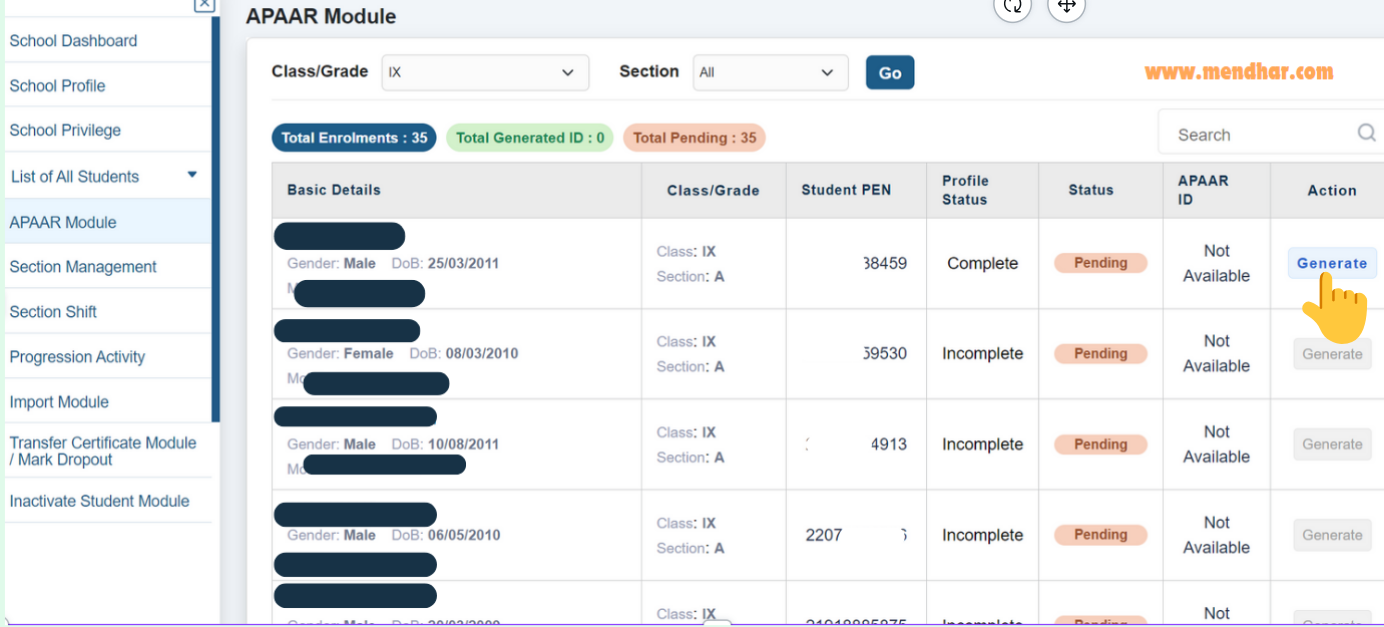
Step 2: Visit the APAAR ID Portal
Go to https://apaar.education.gov.in/ or use the DigiLocker app/website.
Visit APAAR Portal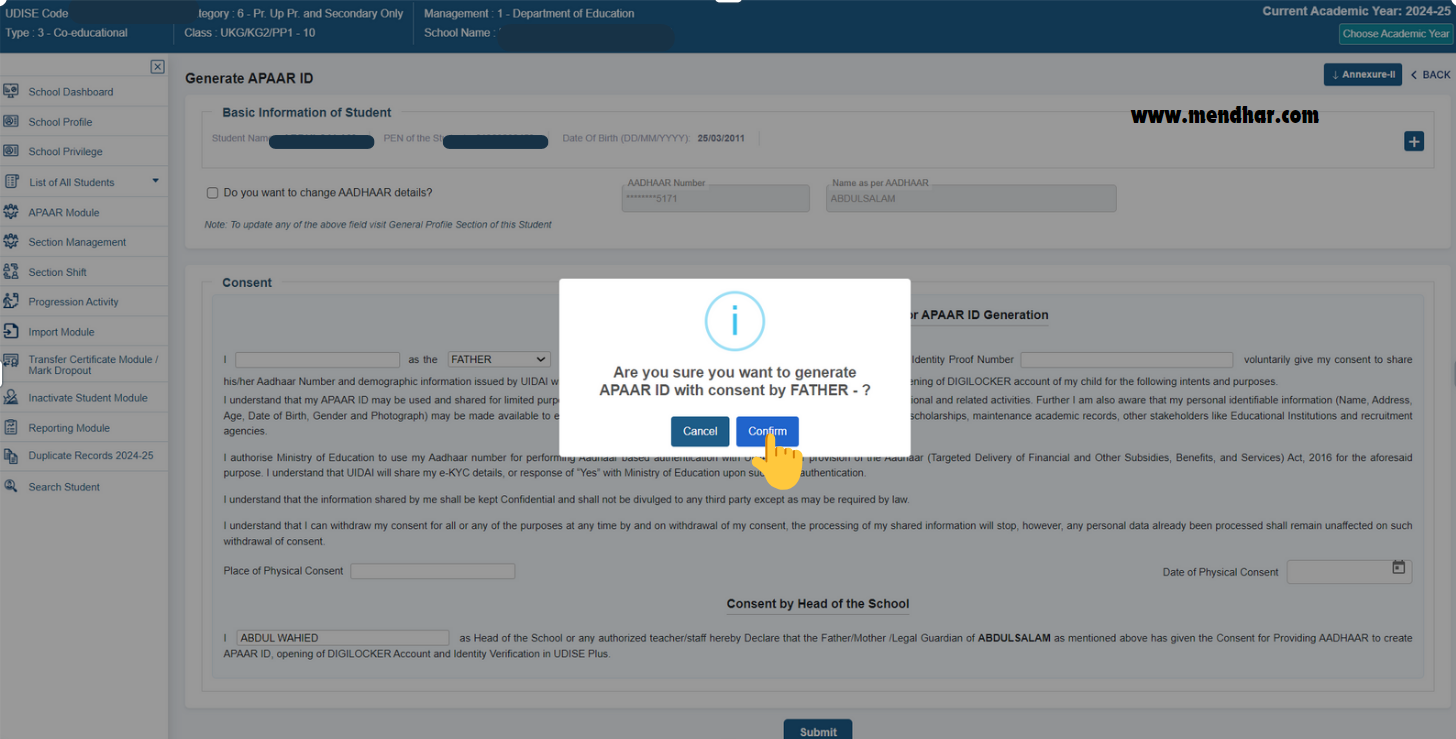
Step 3: Log in with Student Credentials
- Schools may register students in bulk using official credentials.
- Alternatively, parents can self-register their child using Aadhaar-linked mobile number verification.
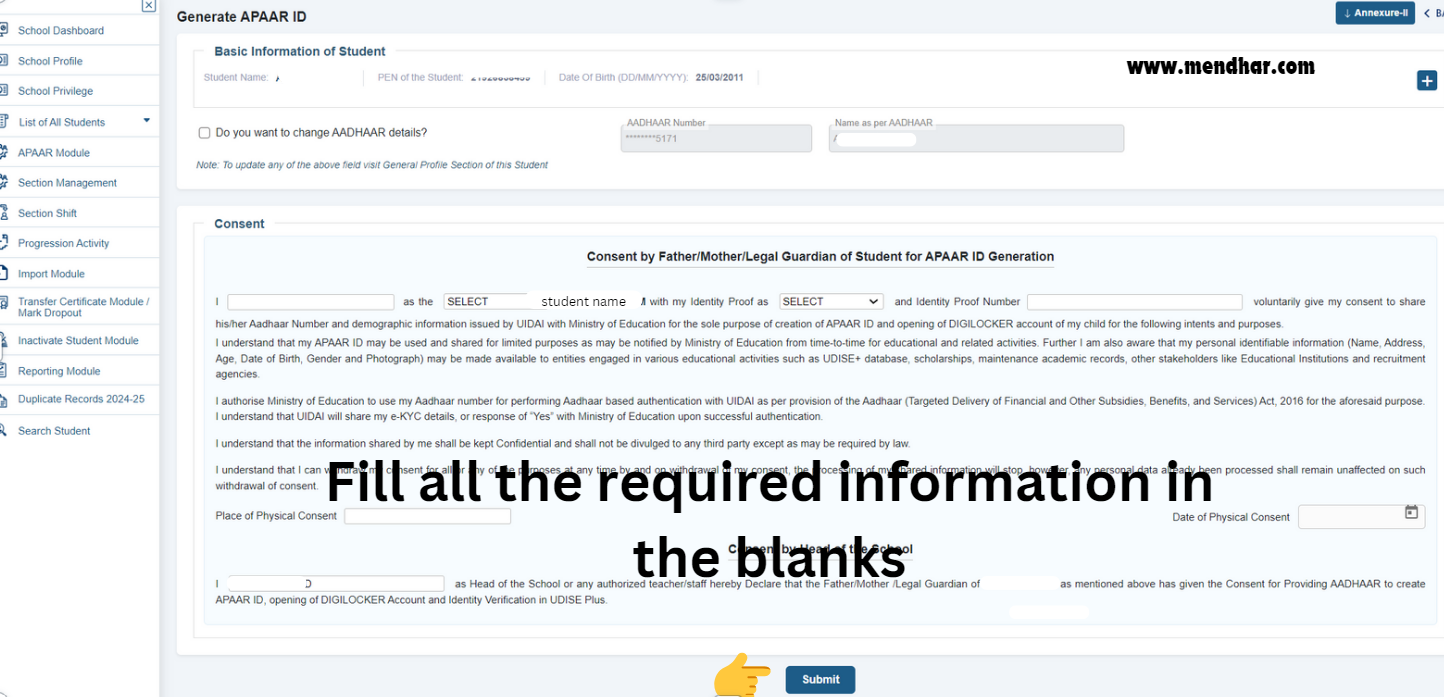
Step 4: Fill in Student Details
- Name, DOB, Gender, School Name, Class, and Board details.
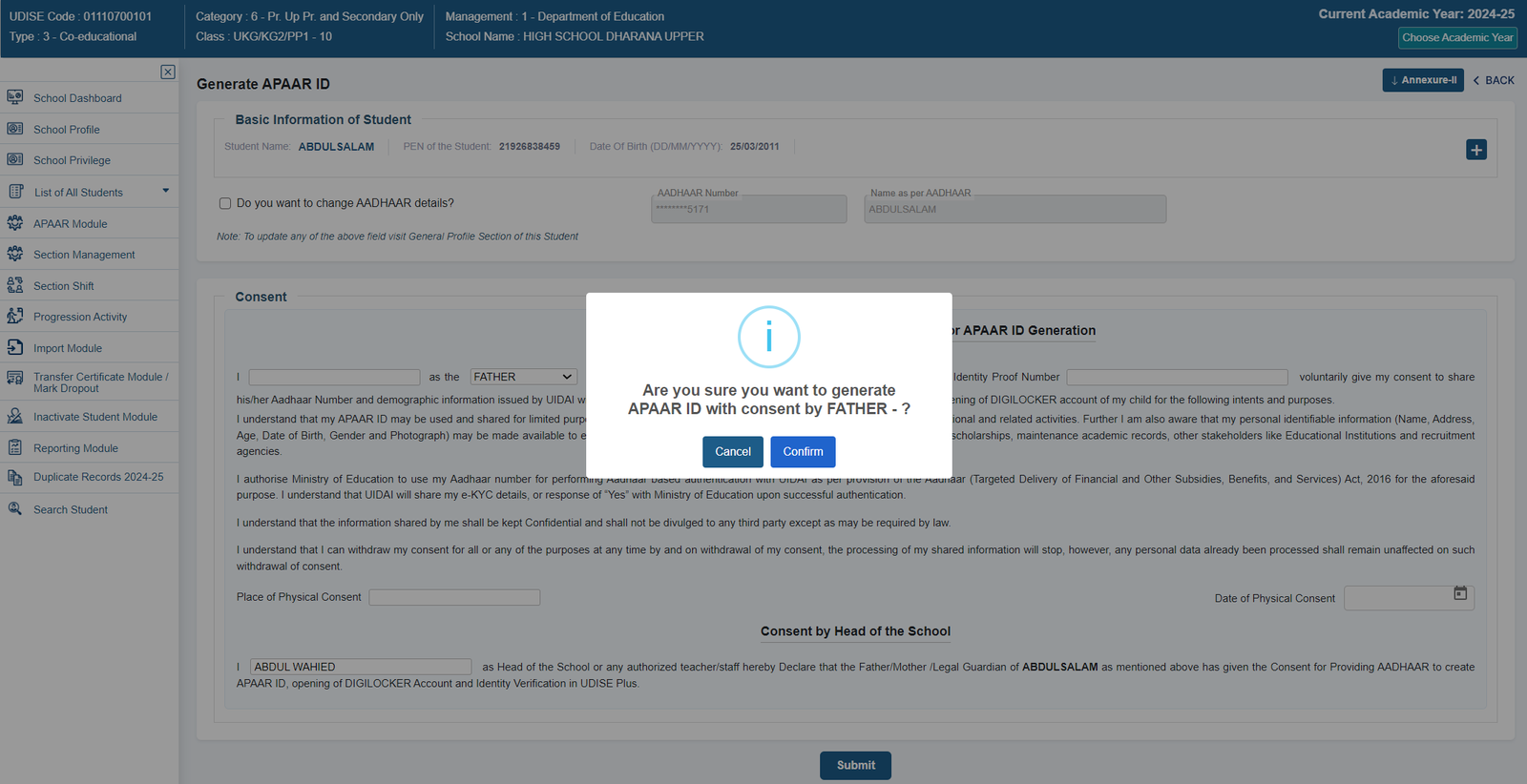
Step 5: Submit and Verify
- Complete OTP verification.
- Once verified, the system will generate a unique APAAR ID for the student.
APAAR ID for Students in Different States
The implementation of APAAR ID for students is gaining momentum across India. States actively running the registration process include:
The government has urged all schools (private and public) to ensure 100% student registration under the APAAR scheme.
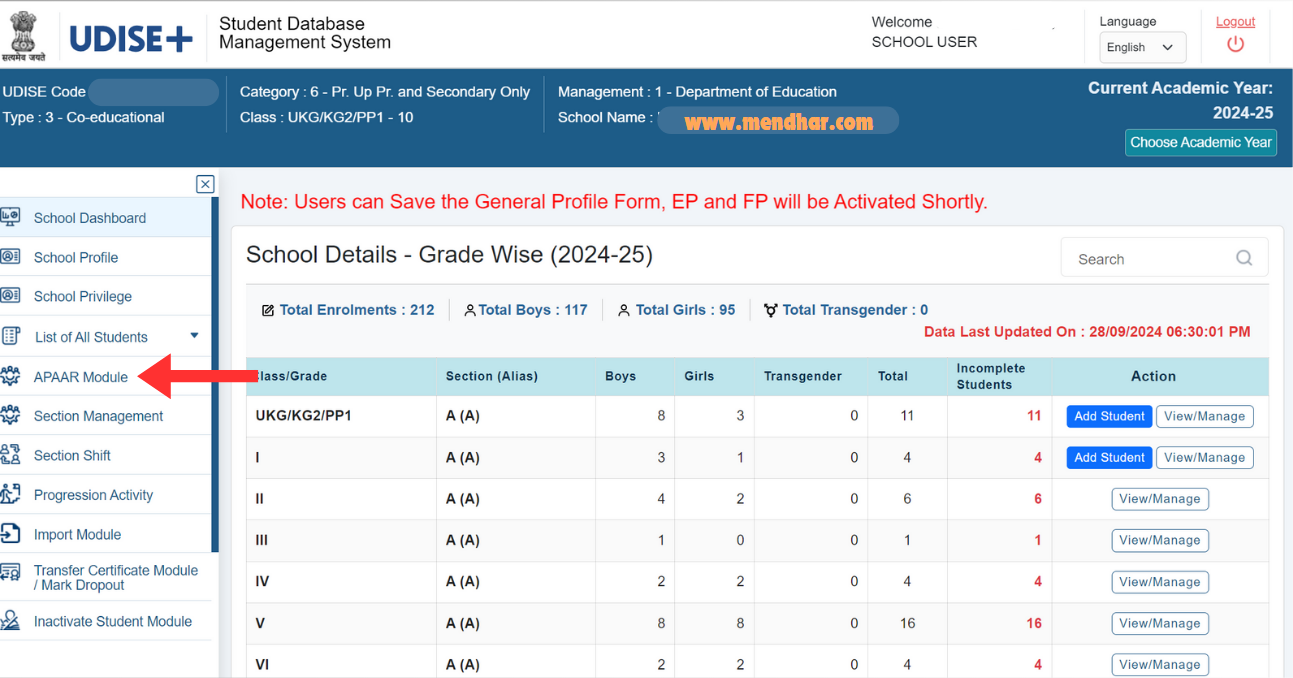
Frequently Asked Questions (FAQs)
Yes, the Ministry of Education has mandated that all students from pre-primary to higher education should register for APAAR ID. However, parental consent is essential for data sharing.
No, students under 18 need parental or school consent to register for an APAAR ID.
No, registration is completely free for all students across India.
You can log in to DigiLocker or the official portal using your registered mobile number to retrieve your APAAR ID.
Yes, basic details like address and contact number can be updated. However, core details like name and DOB will need institutional verification for any changes.
The APAAR ID remains the same. You only need to update your new school details on the portal.
The APAAR ID system uses advanced encryption protocols and complies with national data protection guidelines to ensure student privacy and data safety.
Conclusion
The APAAR ID for students is a revolutionary step towards transforming India's educational framework. It not only simplifies student record-keeping but also empowers learners with secure, lifelong access to their academic credentials. As more states roll out the program, it is essential for parents, teachers, and students to understand its significance and complete the registration process in time.
If you're a parent, teacher, or student, now is the time to explore the benefits of the APAAR ID for students and make sure you're part of this national digital movement.
Need help registering for your APAAR ID? Drop your questions in the comment section or contact your school authorities for support.


